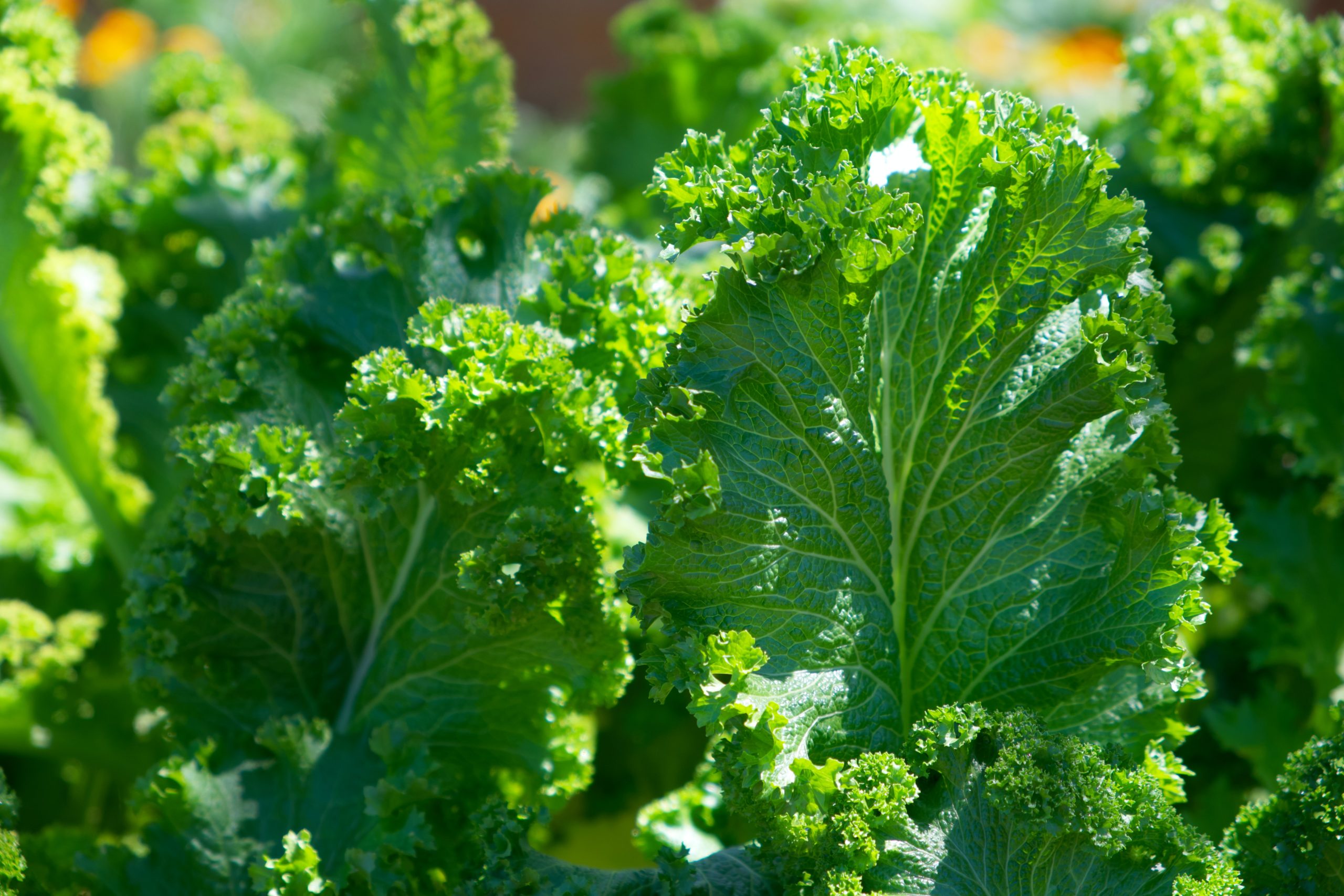You may be sweating up a storm from this peak summer heat, but now is the time to start thinking about your fall garden.
If you’re in the south like us, July and early August are the prime time for sowing your fall vegetables like broccoli, Brussels sprouts, cabbage, cauliflower, and kale.
For colder climates, you’re in the market for carrots, rutabagas, and turnips.
We personally travel quite a bit in the fall, so we don’t plant a fall garden anymore.
However, I do sow seeds in my small cold frame for a late fall/early winter garden with lettuce, spinach, and kale. I always love having these fresh greens available to me when we get home from traveling!
Additionally, we grow sprouts and shoots inside the house in the fall; these fresh healthy greens give our immune systems a needed boost.
So when exactly should you schedule your fall garden?
Find the right date.
It’s all about counting backwards.
In order to determine the right date to sow seeds for a fall harvest, you’ll need to know your first frost date and how long each vegetable takes to mature from seed.
In Middle TN, our first frost date is October 28. Find your first frost date for locations in the U.S. and Canada here.
For instance, brussels sprouts are ready for harvest 80 – 125 days after sowing the seeds. While these veggies can tolerate a light frost, you’ll want to collect your last harvest before Old Man Winter brings his deep cold to your doorstep.
Do the math, and that means that, depending on where you live, it could be time to start sowing brussels sprouts and other fall veggies right now or very soon.
Local to Tennessee? Here are the planting intervals for popular fall vegetables:
- Broccoli — July 15 to August 15
- Cabbage — July 5 to August 15
- Cauliflower — July 15 to August 15
- Kale — July 1 to September 1
- Leaf Lettuce — July 1 to September 15
See the full fall planting intervals for Tennessee here.
Starting indoors vs. sowing directly in the garden.
Indoors vs. in the garden—where should you sow your fall vegetable seeds?
Because August is the height of summer—less rain, scorching temperatures, a beating sun—it’s best to start your fall vegetable seeds indoors, where conditions will be better for growing.
Once your seedlings are between 3 – 6 weeks old (depending on the type), it’s time to transplant them into your garden outdoors. Pick a day that’s cloudy, if possible, to ease your young plants into outdoor conditions.
Happy planning—and happy planting your fall vegetable garden!


